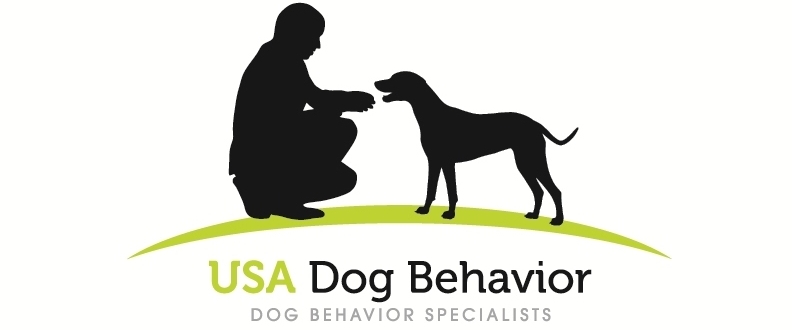Average Reading Time: 2 minutes, 54 seconds
A new client, Jean (not her real name), and her dog, Bear, greeted me at the door for their first dog behavior session a few months ago. It was obvious from the second I laid eyes on Bear that he had fear issues with humans. This was obvious from Bear’s body language. He was definitely acting a bit grumpy toward me, with some growling and lunging.
Bear was a 130 pound, 20-month-old Great Dane. I know what you’re thinking: “aren’t Great Danes friendly dogs?” Mostly, but not always. Jean quickly informed me that Bear had bitten someone for the first time recently but that she was not worried about him biting again. She claimed that he was “getting better.” She further stated that the bitten person didn’t require any medical care, so it wasn’t “that bad.”
She may not have been concerned, but I definitely was - for a number of reasons.
Read More











We’ve all seen them—the modern “training” collars that promise a quick fix for all kinds of dog behavior problems. These collars are really just old-school shock collars (also called e-collars) with a built-in buzzer. While the electric shock function is increasingly recognized as aversive and inhumane, many well-intentioned dog owners are drawn to the “buzzer” or “vibration-only” mode. It seems like such a harmless beep or gentle nudge, a simple way to get your dog’s attention.